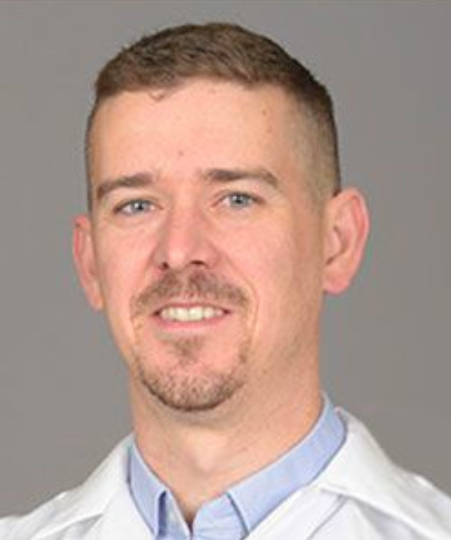Symptoms and Treatments of Spinal Stenosis
The spine is one of the most important structures of the body. It provides support to the upper body, and head, and houses the spinal cord through which our brain sends signals and messages throughout the body. As we age, the spine, like any other boney structure of the body, experiences wear and tear. As we age this wear and tear can lead to pain along the spine. Back and neck pain impairs the daily lives and functions of many adults. Back and neck pain can be caused by a number of conditions. Amongst these conditions is spinal stenosis.
Spinal stenosis occurs when the spaces between the spine narrow, putting pressure on the nerves traveling through the spinal cord. This pressure can result in pain, loss of sensation, and impaired mobility and balance. Spinal stenosis most often occurs in the lower back and the neck.
Symptoms
Diagnosing spinal stenosis typically depends on determining if the symptoms point to cervical stenosis (stenosis of the neck), and lumbar stenosis (stenosis of the lower back). Symptoms of both classifications of stenosis include:
-
General:
- Pain
- Numbness and tingling
- Muscle weakness
-
Cervical stenosis:
- Numbness or tingling in the extremities (arm, hand, foot, leg)
- Weakness in the extremities
- Issues with balance and walking
- Neck pain
- Incontinence (in severe cases)
-
Lumbar stenosis:
- Numbness or tingling in the lower extremities (leg and foot)
- Weakness in the lower extremities
- Back pain
- Leg pain
- Leg cramping
Cause
Like many spine conditions, spinal stenosis is often caused by aging. However, there are several other factors that can contribute to the development of spinal stenosis including:
- Congenital stenosis: A naturally small spinal canal
- Bone overgrowth
- Osteoarthritis: Wear and tear arthritis
- The development of bone spurs growing into the spinal canal
- Paget’s disease: Causes bone overgrowth
- Herniated discs
- Tumors along the spinal cord
- Spinal injuries
Certain persons may be at a higher risk of developing spinal stenosis. Risk factors include:
- Being born with a narrow spinal canal
- Being female
- Being 50 years old or older
- Previous spine injury or spine surgery of the spine
Diagnosis
Before deciding on the best course of treatment your doctor will diagnose your stenosis and determine the severity. This is done with either an X-ray or MRI scan to look for bone spurs, osteoarthritis, and the narrowing of the spinal canal.

Treatment
Like many other conditions of the spine, there is no cure for spinal stenosis. If you believe you are suffering from neck or lumbar pain caused by spinal stenosis, it’s time to consult with an orthopaedic specialist. Your doctor will work with you to develop a pain management plan to help alleviate discomfort and return you to your normal activities.
Non-surgical treatment for spinal stenosis includes:
- Use of NSAIDS to alleviate pain and reduce inflammation
- Antidepressants can be used to help ease chronic pain
- Anti-seizure drugs can be used to manage pain caused by damaged nerves
- Opioids
- Physical therapy to build up strength and endurance and maintain the flexibility and stability of the spine
- Steroid injections
- Exercise
- Weight maintenance
In extreme cases, surgical intervention may be necessary. Spinal stenosis surgery may include:
- Decompression: In which needle-like instruments are used to remove a portion of a thickened ligament in the back of the spinal column, increasing spinal canal space. Typically used for patients experiencing lumbar stenosis.
- Laminectomy: In which the back of the affected vertebra is removed.
- Spinal fusion: Linking adjoining vertebrae with bone grafts or metal hardware to strengthen the spine
At MidAmerica Orthopaedics our spine experts will help you reach a speedy and accurate diagnosis and get you on the path to healing. Amongst our pain management team is Physical Medicine and Rehabilitation (Pain Management) specialist Robert Metzler, MD. Dr. Metzler specializes in the diagnosis and treatment of injuries and conditions that affect muscles, bones, ligaments, and the entire nervous system. He prides himself on listening to his patients, and will always treat you with compassion and open-mindedness.

To learn more about MidAmerica Orthopaedics and the different treatment options available to you, request an appointment online or call (708) 237-7200. MidAmerica Orthopaedics serves various areas such as Chicago, Tinley Park, Palos Hills, Mokena, Evergreen Park, New Lenox, Oak Lawn, Orland Park, and more.

